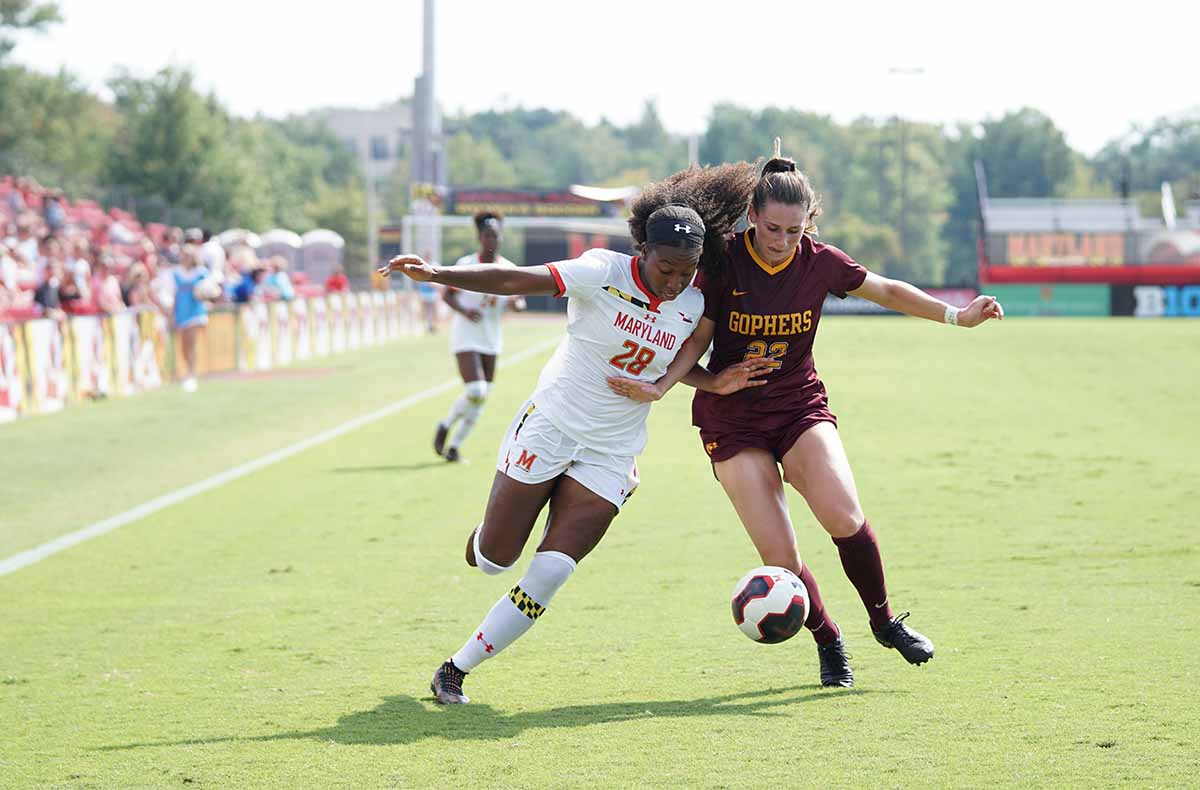
Right in the midst of a rabid discussion of affirmative action in the United States, a world sporting event will capture global attention: The FIFA Women’s World Cup. On July 20, thirty-two teams of elite athletes started competing in the top tournament in the world; two remain.
It’s an opportune intersection; the composition of national sports teams proves that, by itself, meritocracy is often not diverse.
Arguably, elite sports are as meritocratic as it gets. Athletes try out and based on their performance they’re selected to compete for their country.
But Alexi Lalas, former men’s national team member, inductee to the National Soccer Hall of Fame, and Fox News soccer analyst, said last year during the men’s FIFA World Cup that it’s not. Lalas tweeted: “A National Team is not a meritocracy. A National Team is not about the best players, it is about the best collection of players. A National Team is picked by humans, with inherent biases, who make subjective decisions.”
Those inherent biases and subjective selections need to be monitored for exclusion.
Ever since 2016, the United States Olympic and Paralympic Committee (USOPC), has been generating Diversity, Equity and Inclusion (DEI) “scorecards” for every sport. They measure the number of women, people of color, veterans, and people with disabilities on staff, the board of directors, and the national teams of every sport governed by the USOPC. The Ted Stevens Amateur Athlete Act requires it.
The US Soccer Federation, which includes both men’s and women’s national teams, is one of the better teams for diversity. Its athletes are about 45 percent players of color and its board of directors and national staff are 18% and 30% people of color respectively.
But soccer in the United States has been embroiled in an equity battle over pay. News media and advocates have focused on the federation’s practices for a while now. Congress amended the Ted Stevens Amateur Athlete Act this year to assure that equal pay is monitored and reported.
But other sports get less attention. And they get away with being predominantly white.
Of all the national teams for summer sports recognized by the USOPC, the US Equestrian Federation has 10 percent athletes of color, which is better than USA Cycling, USA Field Hockey, USA Golf, USA Karate Do Foundation, US Pentathlon, USA Racquetball, USA Roller Sports, USA Shooting and USA Skateboarding, which have no athletes of color on their national teams. USA Gymnastics doesn’t meet its benchmarks for racial diversity either, even though, arguably, Simone Biles is an icon of elite gymnastics.
It happens with gender, too. US Fencing’s national teams are only 10 percent women. Other sports have a better split but they also have both men’s and women’s teams; it’s not diversity, it’s a necessity.
USA Climbing’s national teams are 64% people with disabilities but most other teams have no disabled athletes on their national teams, which might initially make sense; someone with physical impairments may not be able to compete at the highest level of sport. But that relies on a very narrow definition of disability. Consider Michael Phelps and his ADHD and mental health challenges. Technically Phelps is disabled and can certainly compete.
Veterans barely appear on these teams, perhaps because to have served, even at a young age, makes veterans older when they try out. USA Shooting’s national team has 15 percent veterans; Bowling sports about 12%.
There are other ways to reflect the American public than including members of these four underrepresented groups. But Congress chose these measurements and many national teams admit freely and publicly that they don’t even come close to being diverse according to the chosen standards. Interestingly, there’s no consequence for not meeting these admittedly limited diversity goals.
There are exceptions, of course, teams that typify inclusion. USA Basketball exceeds its benchmarks for people of color; USA Boxing reports that its national teams are more than 92 percent people of color, and USA Bowling more than doubles its benchmark for disabled people.
This isn’t to say that these team selectors are discriminating; they’re likely not. It’s that there aren’t many—if any at all—people trying out for national teams from these groups.
Adversity doesn’t help people achieve elite athlete status. According to researchers in Norway, three characteristics predict competing at the elite level: Skill, practice, and stability/optimal social conditions. It stands to reason that people born into poverty or who have parents who experience financial or other upheaval face adversity that doesn’t allow them the practice time or the environment they need to excel and reach the top even if their skill level is superior to the country’s top players.
Forums that make selections based on excellence can’t escape the truth: They are increasingly non-diverse.